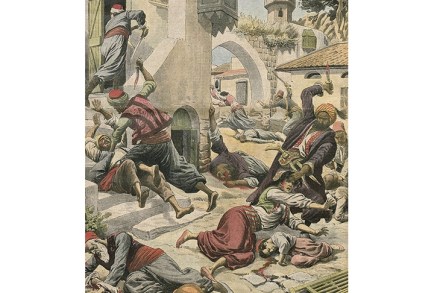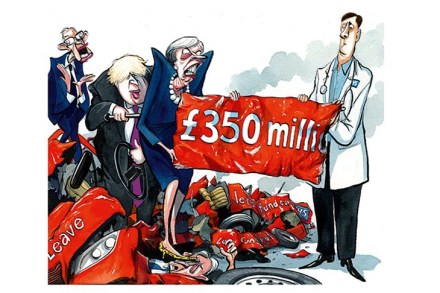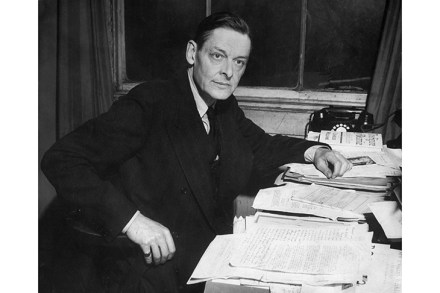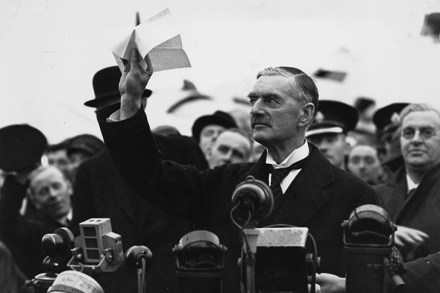King of the World: The Life of Louis XIV
I was flicking through an old copy of The Spectator the other day, one of the issues containing contributors’ ‘Christmas Books’, and there was a comment of Jonathan Sumption’s that ‘as a general rule, biography is a poor way to learn history’. It is primarily a matter of approach rather than simply subject of course, but if one was drawing up a shortlist of men who might qualify as exceptions to the rule, then Philip Mansel’s ‘King of the World’, Louis XIV, would surely be very near the top. Louis XIV came to the throne in 1638 at the age of four with the monarchy ‘on a knife edge’ and





















